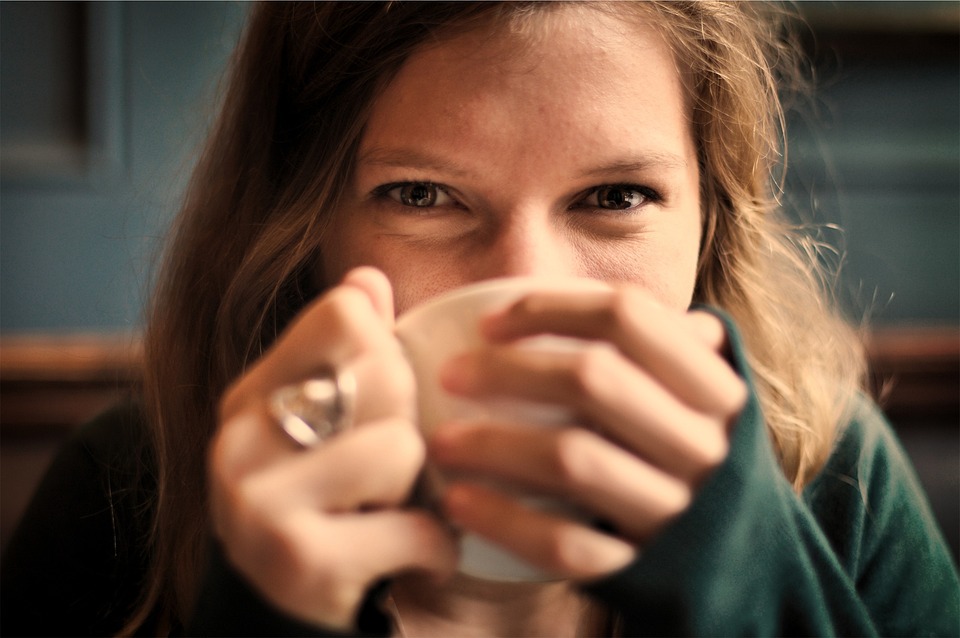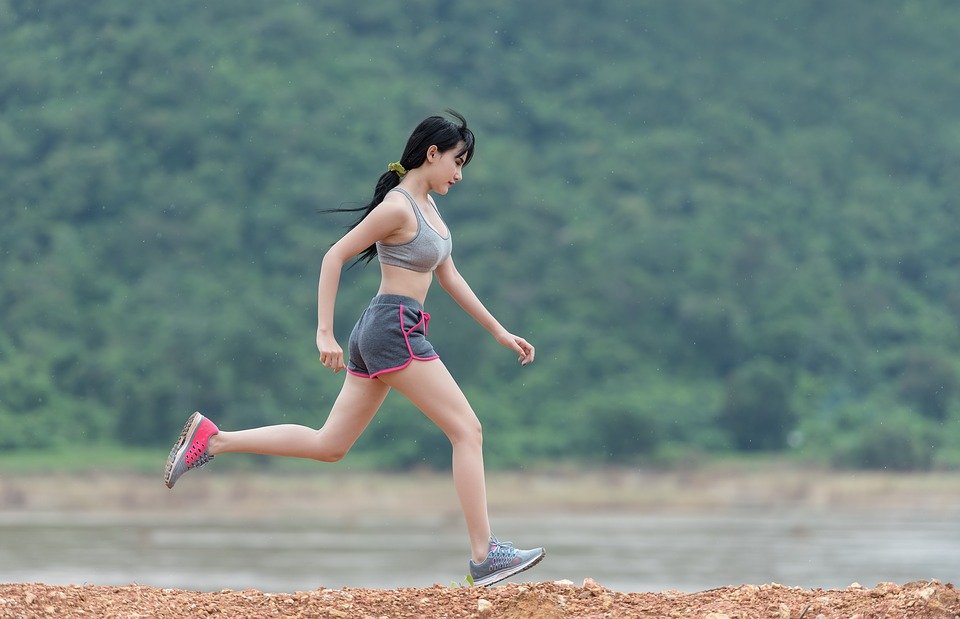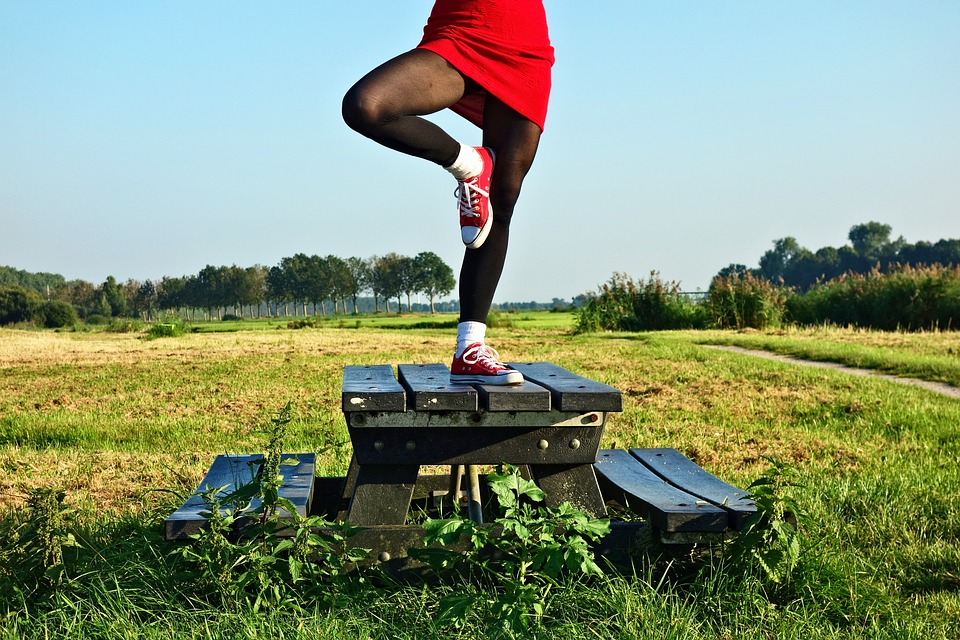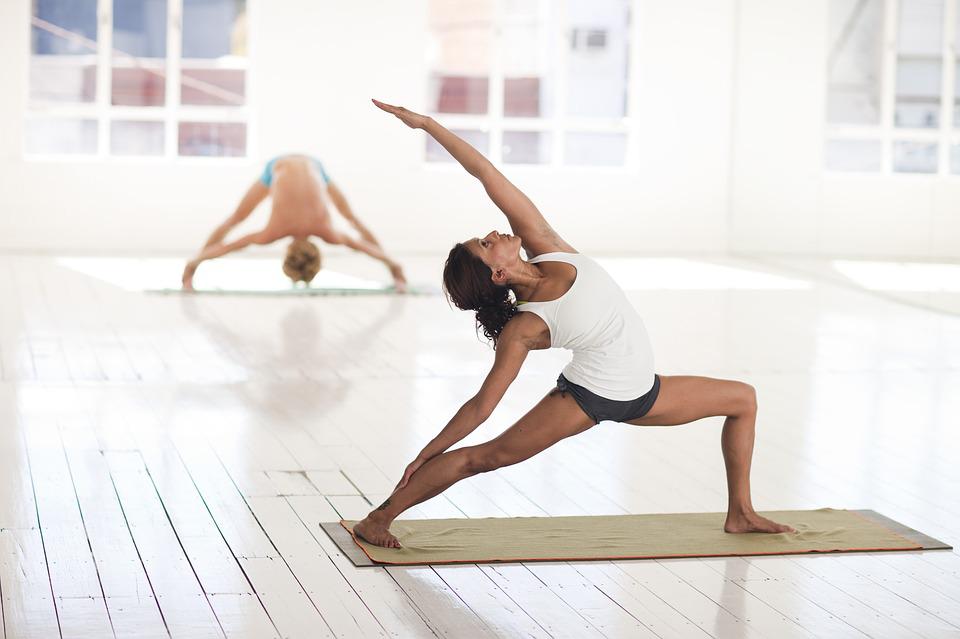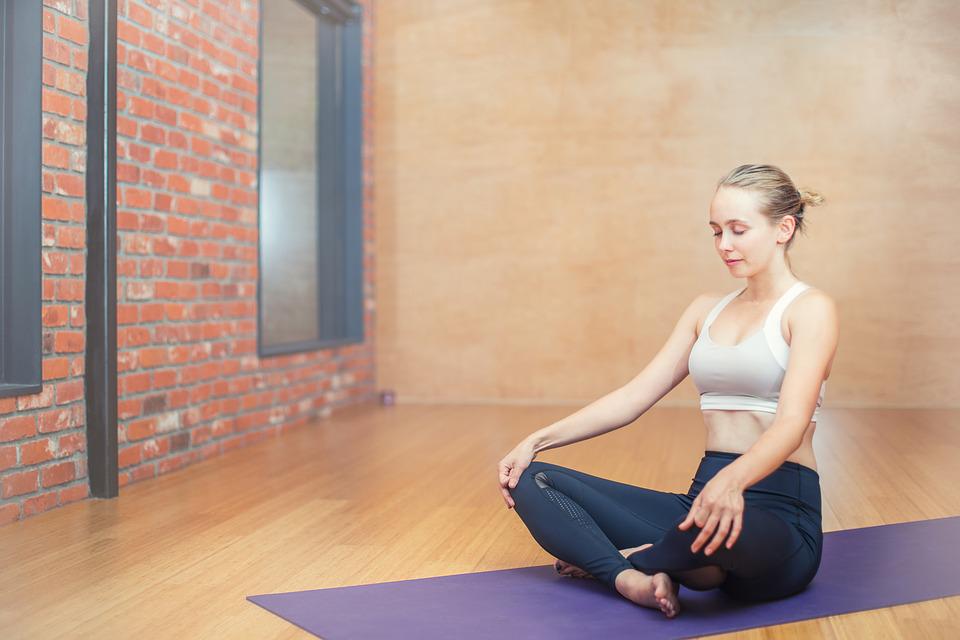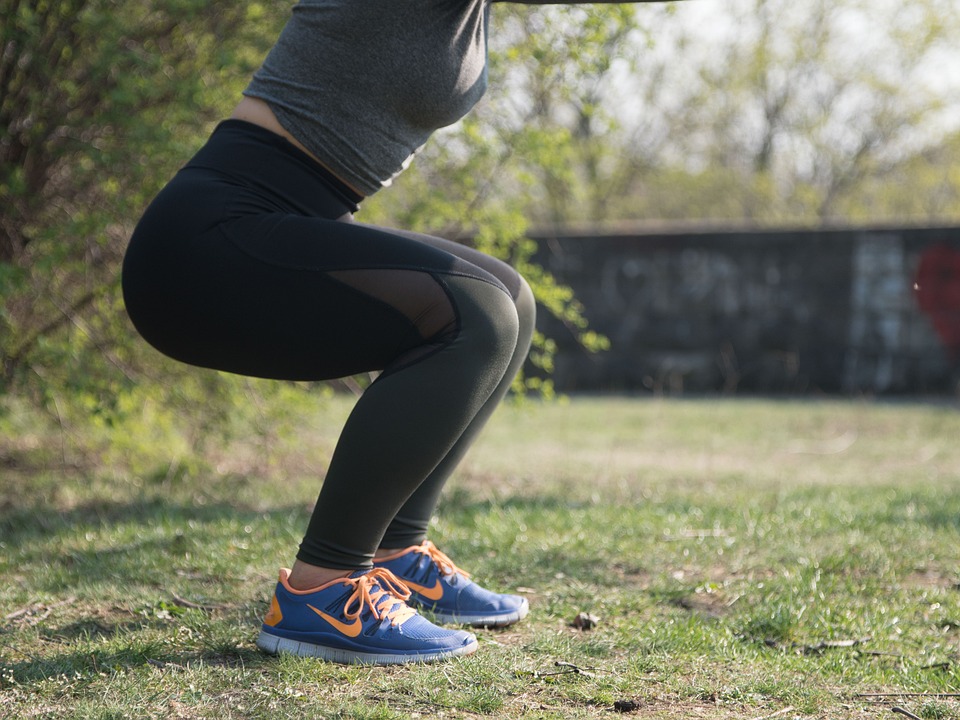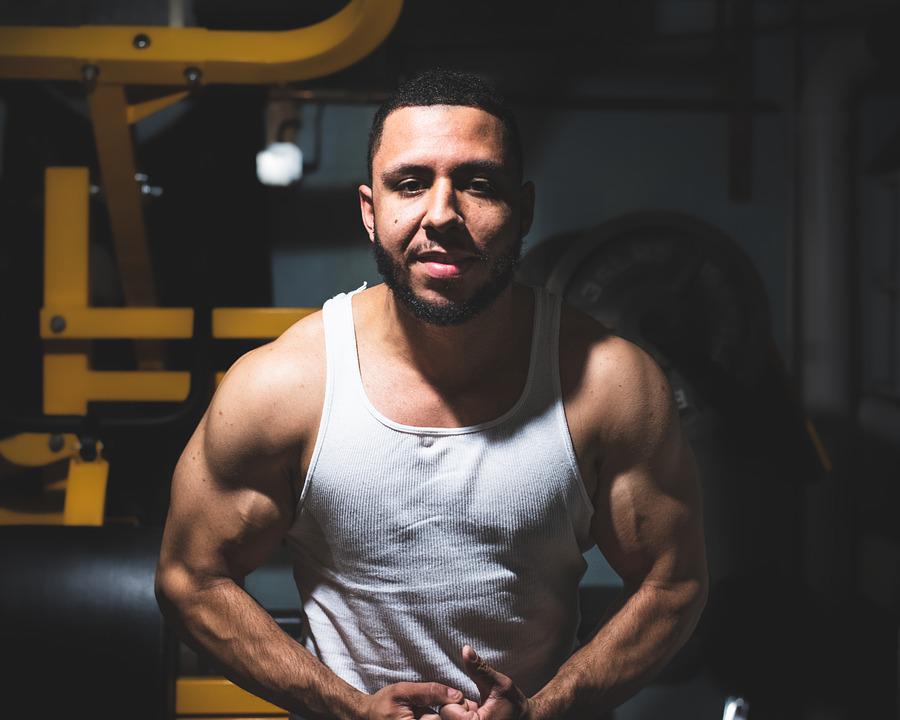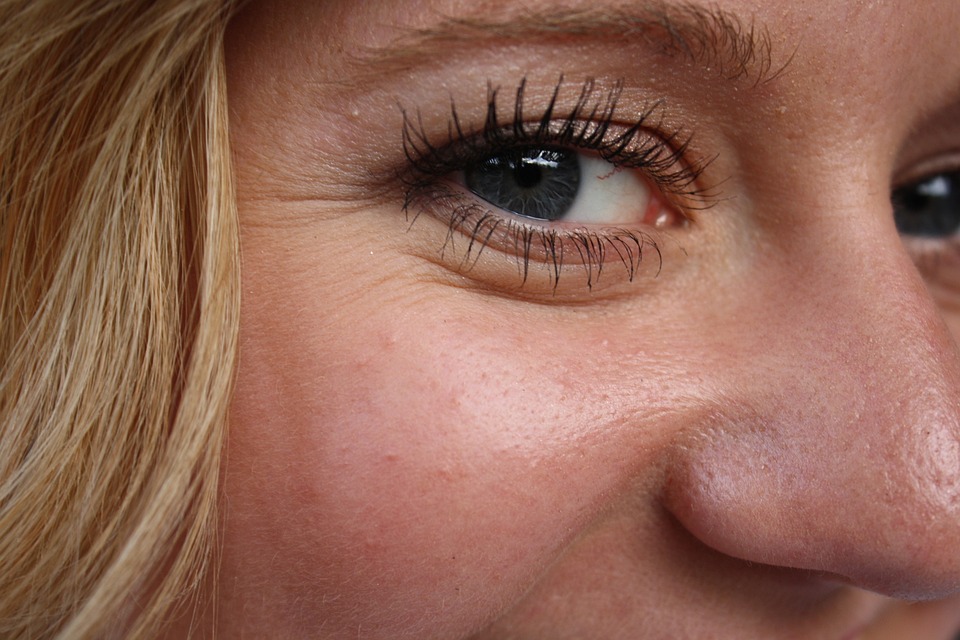
Do you find yourself questioning what “crow’s feet” is, and how it comes about? Well, look no further. At this location, you can get the fundamentals of crow’s feet and ways to look after your epidermis better.
To begin, crow’s feet refer to the thin wrinkles which can be seen radiating out from the edges of the eyes, mainly around the outer portions. Do you wonder why they are known as crow’s feet? When these creases appear, they are often shaped like a crow’s foot near the outer corner of someone’s eyes, which is why they are called “crow’s feet”.
The American Society of Dermatologic Surgery states that there are two kinds of crow’s feet you can identify: dynamic and static wrinkles in the face.
- Dynamic lines are contributed to your underlying muscles. Therefore, every smile, frown, or facial expression contributes to your dynamic lines, as they are outlined around those expressions. This is the most common type of crow’s feet wrinkles because typically every person has them, and some may grumble about the stubborn ones on their forehead from squinting.
- Static facial lines are present all the time. This type of crow’s feet wrinkles develop from sun damage, squinting, or frowning for more extended periods.
It is important to be aware that dynamic wrinkles tend to fade away after you stop shaping your face, while static lines last a long time.
What Causes Crow’s Feet
In order to understand how to reduce crow’s feet, we must first comprehend the source of wrinkles. To understand the source of crow’s feet, you will be prepared to prevent their development and avoid the wrinkles which come out from the edges of your eyes. Sometimes these pesky wrinkles are referred to as “laugh lines”, “expression lines”, or “character lines” as these are caused, at least partly, by our regular facial expressions.
How do brief muscular contractions caused by smiling and squinting create permanent facial wrinkles? Let’s examine the scientific basis of how wrinkles form to get a better understanding.
There are three distinct components that make up the skin: the epidermis which is on the external side, the dermis underneath it, and the subcutis located just beneath the dermis. When discussing “wrinkles”, it is referring to the lines or indentations on the outer skin, but the true effect takes place underneath the surface.
The primary layer of skin that gives rise to crow’s feet and wrinkles is the dermis; it is a complex blend of blood vessels, hair follicles, and sebum (oil) glands. It is of utmost importance to note that this layer contains collagen and elastin, which are both needed to stop the development of crow’s feet.
- Collagen is the most abundant protein in our bodies, made up of various amino acids. It’s found within connective tissue and is responsible for giving structure to the body’s skin, hair, nails, bones, ligaments, and tendons. Most importantly, it provides the skin cells’ strength and volume.
- Elastin is another protein found within the dermis and connective tissue. It has an elastic property that enables skin cells to resume their shape and ‘snap back’ after being stretched, contracted, poked, or pinched.
The subcutaneous layer of the skin harbors sweat glands, tufts of connective tissue, and more notably, fat. When the fat underneath the skin is decreased, it can lead to the formation of laugh lines, furrows, and a general drooping of the skin.
In total, the three layers of the skin comprise a range of elements, such as water, protein, fatty acids, minerals, things, and catalysts. The components of our lives are in a state of constant change over time; these changes can be better or worse. As we get older, the alterations in our skin cells at the cellular level are responsible for the appearance of wrinkles, like crow’s feet, on our bodies. The genetic alterations that lead to crow’s feet include:
- Protein Breakdown
As time passes, our body gradually decreases its capacity to generate and break down specific proteins, leading to their dwindling numbers. Collagen makes up around three-quarters of the skin, but as this number dwindles, the skin loses its firmness and flexibility. Collagen fibers act as a support structure for the skin, and an enzyme referred to as collagenase (which is a member of the Matrix MetalloProteinases family) aids in dismantling outdated or defective collagen to enable fresh proteins to take its spot. While in our youth, the rate of collagen production and breakdown is equal, however as we get older, the production rate decreases while the destruction rate rises. The ultimate outcome is a decrease in both brand-new collagen and existing collagen.
Elastin production, like collagen, is affected by age and environmental factors. With age, elastin doesn’t retract as much once stretched. Similar to an aged elastic, it does not snap back into place but instead stays lax, resulting in wrinkles at the sides of the eyes.
- Less Fat
Natural aging decreases the fat within the subcutis. When fat is lost in the facial region, the amount of material covering the area diminishes, causing the size of the face to decrease. The amount of skin we have remains the same, causing the tissue to hang over itself and form wrinkles or lines. Gravity can be added to the list of causes of crow’s feet because weakened skin with no reinforcement will fall.
- Sebum Reduction
As we age, the rate at which our sebaceous glands produce sebum diminishes. The sebum produced by the body forms a protective coating around the skin, which is the largest organ. This coating locks in moisture and helps to protect against free radicals. Maintaining hydrated skin is essential to reducing the development of crow’s feet; when skin is dehydrated and fragile, it becomes more vulnerable to permanent creasing.
- Fewer GAG’s
GAGs are molecules made up of sugar and water that exist within the space between the dermis and the epidermis. They are in charge of keeping skin full and firm, as they fill up the area between elastin and collagen fibers, offering support and giving the fibers a cushioned, standing structure. Besides protein, fat, and oil, GAGs are another element contributing to the lines around the eyes often seen with age. As the amount of water and amount of mass diminishes, the skin tends to appear as though it has been “deflated,” and is more prone to developing wrinkles like crow’s feet.
- What causes crow’s feet, in particular, are the wrinkles due to motion and muscle movement—as opposed to the wrinkles at rest, which appear regardless of motion and are caused by intrinsic and photoaging. At a certain point, based on various factors discussed in depth below, the repeated movements eventually create deep enough wrinkles that appear even when no expression is made. With contextual knowledge as to how wrinkles form, you’ll be savvier regarding how to get rid of crow’s feet and prevent them from occurring in the first place. Some of the aging processes are inevitable, while others can be exacerbated by lifestyle choices and the environment. Let’s take a look at how to prevent crow’s feet by applying knowledge of wrinkle formation.
What Age Do You Get Crow’s Feet?
You may be wondering when crow’s feet start to show. This article states that people usually start to notice wrinkles and creases in their skin between twenty and thirty years of age. However, you may want to consider that the given age range is a suggestion, crow’s feet can form at any age depending on:
- Your genetics
- Skincare routine
- Sun exposure
- Treatments
If you wish to put off the emergence of wrinkles around your eyes, it could be beneficial to adhere to a strong skin care routine.
Certain signs of aging cannot be avoided, while others may be made worse by personal lifestyle habits and the environment.
Top 9 Home Remedies To Remove & Reduce Crow’s Feet
1. Whole milk compress for your face
Soak a cloth in raw cow’s milk and spread it over the eye area and the sides of the head. Let it sit for 10-15 minutes before rinsing off with regular water. You can increase the nutritional value of the milk by putting in a tablespoon of honey or a teaspoon of almond oil. Incorporate this into your daily morning and night skincare regimen.
Milk contains components that are beneficial to the skin, like amino acids, lipids, vitamins, and minerals. This formulation includes nine indispensable amino acids and six additional, partial components, such as arginine, glycine, and proline which are crucial for the production of collagen. Hydrolyzing proline produces hydroxyproline, which makes up approximately 13% of all the collagen in the human body. Proline works in conjunction with another factor to keep collagen stable.
Milk has an entire group of vitamins that can be dissolved in fat, particularly Vitamin A and E which are advantageous in terms of skin cell regeneration. The large number of antioxidants they possess aids in lessening the destruction of tissue due to UV rays and different contaminants.
2. Egg-white face mask
Whisk an egg white until it begins to foam and then rub it on your face after washing your skin with chilly water. Let the product sit on your face until you can feel your skin tighten. Apply a second coat and let it dry. Maintain your face covering for between 10-20 minutes, and make sure your face stays at ease throughout. Cleanse the face covering it with soap and water and then moisturize it. Carry out the action two times a week to observe a decline in wrinkles.
The drying process of egg white has the effect of contracting the skin and making it taut and wrinkle-free. This product functions as a powerful purifier, eliminating all the dirt and contaminated substances from the pores.
The yolk contains a higher amount of vitamins, fats, calcium, and other minerals compared to the white, however, the white is a better source of proteins and magnesium. This mineral is fundamental for maintaining healthy skin; it detoxifies and purifies the skin, reducing the visibility of fine lines and wrinkles. When the egg white is applied to the skin, it rapidly gets to the intended area of the body, circumventing the gastrointestinal tract and circulation. Absorption of magnesium through the skin is more effective than taking it orally.
Egg whites are full of both required and nonessential amino acids, with a measurement of 4.5 grams of arginine, 2.9 grams of glycine, and 2.9 grams of proline per 100 grams. These amino acids are vital for collagen production.
3. Green tea face wash
Wash your face several times with cold green tea. Use tea-soaked cotton balls to cover the eyes and the wrinkles around them. This provides not only relaxation but is also an effective way to fight the signs of aging on the skin. You can boost the anti-aging properties of the drink by adding a bit of lemon juice since tea’s phytochemicals are more robust in sour liquids.
It is widely recognized that green tea contains antioxidants. The catechins found in green tea are primarily why this occurs, and the presence of the flavonoid myricetin helps raise the potency of these elements.
When applied to the skin, the catechins in green tea are taken in, minimizing oxidative harm to the skin cells. The catechins have an astringent property that helps to draw up loose skin and make it firmer. Epigallocatechin gallate (EGCG), the most potent among them all, has low bioavailability when tea is taken in. But if it is put directly on the skin, its accessibility to the skin cells is straightforward.
4. Aloe vera
Aloe vera’s skin benefits need no introduction. Remove the inner flesh from the leafy surfaces and put it directly on the wrinkles around your eyes. Allow it to dry on the skin. You can apply it at night as a face mask and then rinse it off with only water in the morning.
This gel intensely moisturizes the skin, making it tighter and smoother, reducing the appearance of wrinkles and creases. The pulp that appears to be straightforward contains an abundance of vitamins, minerals, and plant enzymes that shield the skin from damage caused by oxygen. Polysaccharides and hormones like glucomannan and gibberellin contained in the gel boost tissue healing and regrowth by increasing the formation of collagen.
5. Coconut oil
Apply coconut oil as a treatment for your skin every night by tenderly kneading it in. Enjoy the benefit of the hydration and nourishment it provides. Warm the oil slightly to encourage complete absorption. Clean your face with a tissue to take away any extra. A couple of drops of Vitamin E oil can be incorporated as well.
The medium-chain fatty acids found in coconut oil possess remarkable anti-bacterial and anti-oxidant powers. This vitamin, which is favorable to the skin, does not consist of large amounts of Vitamin E; yet, the fatty acids boost the intake of it.
6. Cucumber
Obtain the juice from the cucumber by shredding or smashing it. Soak the cotton balls in the juice and put them on the area around the eyes for between 10-15 minutes. Repeat this activity two or three times over a few weeks, or until the wrinkles are noticeably decreased.
Cucumbers have practically no nutritional value, however, they do contain trace amounts of several minerals including magnesium, iron, and calcium, as well as Vitamin C and A. When used directly on the skin, these substances absorb quickly, minimize the harm caused by oxidation, and boost the production of collagen.
7. Avocado
For centuries, avocado has been used to keep skin looking and feeling soft and youthful. Mix the pulp of this oil-packed fruit and spread it on the skin liberally. This delicate face mask should be kept on for 20-30 minutes for it to be effective.
Avocado contains Vitamins A and C, as well as magnesium, iron, and potassium. The avocado pulp contains fats that hydrate the skin and help the body absorb vitamins and minerals.
8. Papaya
Mix a piece of soft papaya and apply it on the whole face. Wash off after 10-15 minutes. Do this routine every 2-3 days to eliminate crow’s feet, as well as any other fine wrinkles and blemishes on the face.
The combination of glycolic acid and enzyme papain found in the fruit pulp helps eliminate old cells and stimulates the growth of new skin. Papaya is abundant in carotenes with antioxidant properties and Vitamin C as well as magnesium, copper, and potassium minerals.
9. Yogurt
Combine one tablespoon of yogurt and one tablespoon of honey. Apply the product across your face and leave it there for 10 minutes. Use lukewarm water to cleanse your skin to achieve a velvety feel and vibrant sheen.

